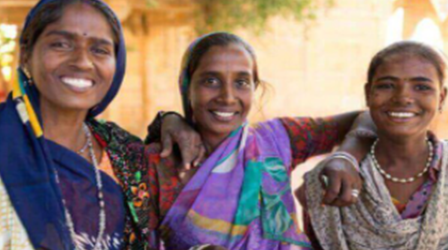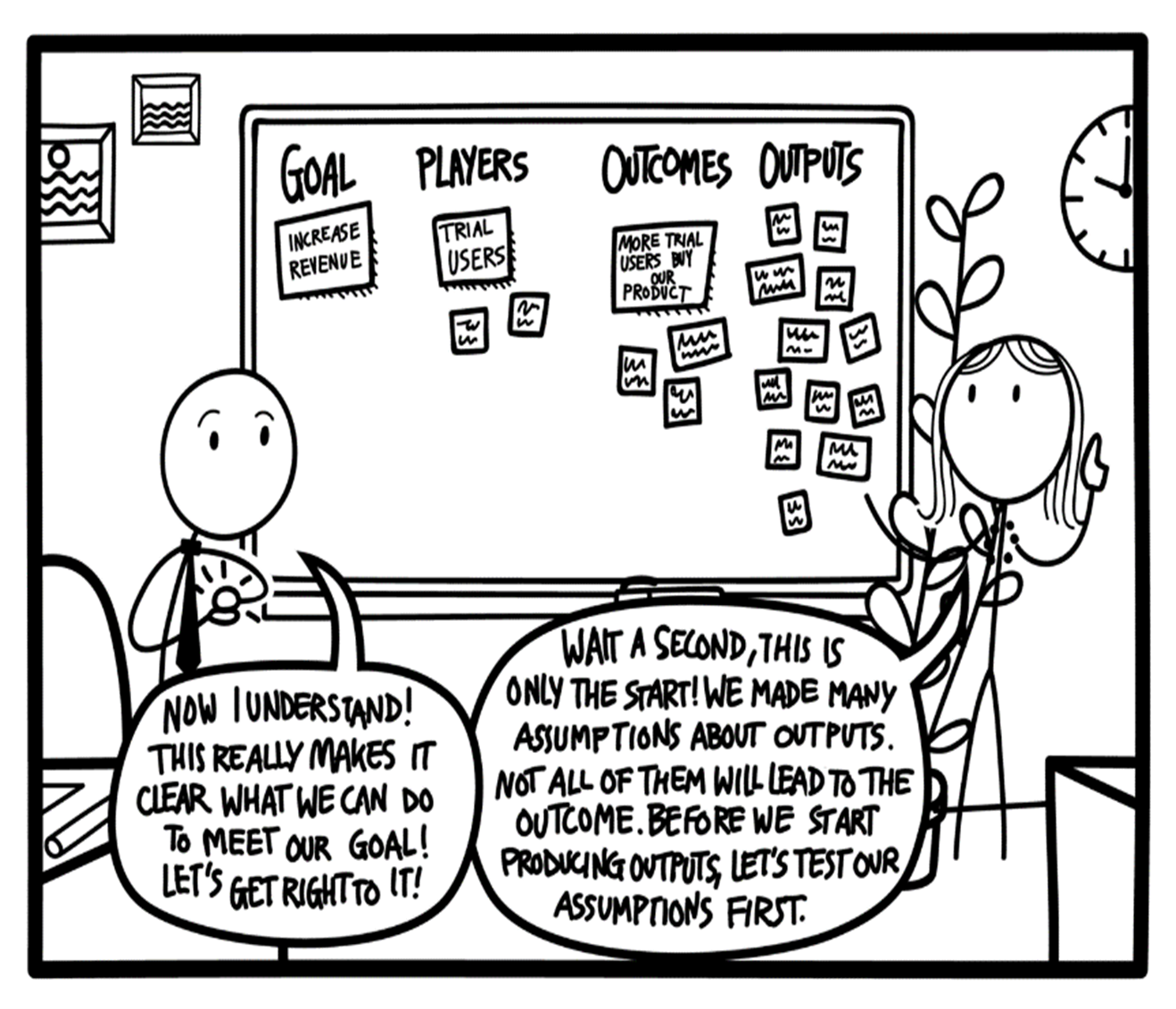

Outcome Mapping
November 30, -0001, Evaluation Observatory
.png)
"...being attentive along the journey is as important as, and critical to, arriving at a destination Michael Quinn Paton in Earl et al., n.d. on the significance of outcome mapping for program evaluation."
Image Source: Geske, J. “Starting with Outcome Mapping (episode 2). Amazing Outcomes. Medium. 11 November 2019
"A research team in Kenya is seeking to improve crop yields by identifying appropriate and ecologically sound agronomic practices for use on small family farms. Practitioners seek to identify changes in farmer behaviour - before, during and after the project. Therefore, they need to collect data on farmer behaviour to assess progress, to identify ways to improve project performance and to report on the results achieved (see Smutylo, 2001 for more details)."
In such scenario, Outcome Mapping can be an effective tool to achieve desired objectives.
International Development can be highly complex, and changes can be multi-directional, often occurring before or after a program ends. Often outcomes in projects interact and influence one another, and causal factors cannot be isolated. This makes it difficult to attribute changes to specific program components, or even draw comparisons across different initiatives.
Developed by the International Development Research Centre (IDRC), Outcome mapping (OM) is a still evolving methodology for planning, monitoring and evaluating development initiatives that aim to bring about social change. It is based on the premise, that for "each change in state there are correlating changes in behavior that are best encouraged if continuing responsibility has been devolved to local people and local institutions" (Serrat, 2008).
In OM, Development results or outcomes are viewed in terms of changes in behaviour, actions or relationships influenced by the team or the program. The performance of the program is defined as the program's contribution to influencing those changes. This is why, OM is considered most useful in program contexts where the success of the program depends on key behavioural changes, and it is here its key innovation lies.
The process of OM helps specify the actors the program seeks to target, the changes it expects to see and the strategies it employs - helping improve program efficiency (Smutylo, 2005)
Three stages of outcome mapping.Taken from Sumtylo et al,2001,p.4
OM has three stages (Serrat, 2008):
Intentional Design: A planning stage where practitioners reach a consensus on broad changes it would like to achieve, and plan the strategies to be used accordingly.
Outcome and Performance Monitoring: A stage providing the framework to track the progress made towards outcomes. It builds on progress markers, strategy maps and organizational practices made during the intentional design stage using information collection tools - an outcome, strategy and performance journal – to create the necessary work-space and processes for adequate reflection on performance improvement.
Evaluation Planning: A stage outlining the main evaluation elements and prioritising them to target evaluation resources and activities to ensure they are most beneficial.
Keywords:
Outcome Mapping, Evaluation, International Development, Programs, Planning, Monitoring, Social Change, Outcomes, Behavior Change, Learning, M&E, Development Programs, Research.
List of recommended resources:
For a broad overview

-
Published by Asian Development Bank, this five-pager provides the rationale for outcome mapping, defines outcome mapping terms and explains the various stages involved in it.

-
Written by Terry Smutylo, this four page brief is a succinct and illustrative guide to Outcome Mapping, describing its the three stages, and highlights its utility in expressing results as behavioural changes through case studies in agro-industry projects.

-
Published by Outcome Mapping Learning Community, this website provides a practitioner’s guide to OM. It explains: What is OM and how has it evolved?, Preparing to use OM, The three stages of OM, Using OM with other PM&E tools and approaches, facilitating OM workshops and its use in specific program and contexts. You can view this this webinar by the OM community on how to use this online guide, and what you can find there.
Webinars

-
Published by Caribbean Evaluators International, this webinar explains outcome mapping using a simple and effective presentation.
For in depth understanding

-
Written by Earl, Carden and Smutylo; this book discusses outcome mapping theory and approaches in detail. It describes the stages, steps and methods in implementing OM and provides practitioners with a sample intentional design framework.
Case Study

-
Developed by Save the Children, this resource highlights how outcome mapping was used to support adolescents in Syria and help them become more resilient.

-
Written by Ineke Buskens, this resource highlights how outcome mapping can complement Emancipatory Action Research approaches, through its application in the Infant Feeding Research Project, which aims to reduce the paediatric HIV/AIDS rate in southern Africa by enhancing the effectiveness of infant feeding counselling.

-
Developed by Hailemichael Taye, Kees Swaans and Saskia Hendrickx, this case study shares the experiences of using outcome mapping (OM) in Goat Value Chain Development Projects in India and Mozambique.
FAQs

-
Produced by IDRC’s Evaluation Unit, these FAQS guides practitioners in determining the utility of outcome mapping in their contexts
You may also like

Big Data: An Introduction and Application in the Social Sector
August 30, 2021

Building an Evaluation Ecosystem: Perspectives from Evaluation Associations - Key Takeaways from the Webinars
August 30, 2021

GENSA Celebrates One Year, and Keynote by Katherine Hay
August 30, 2021



